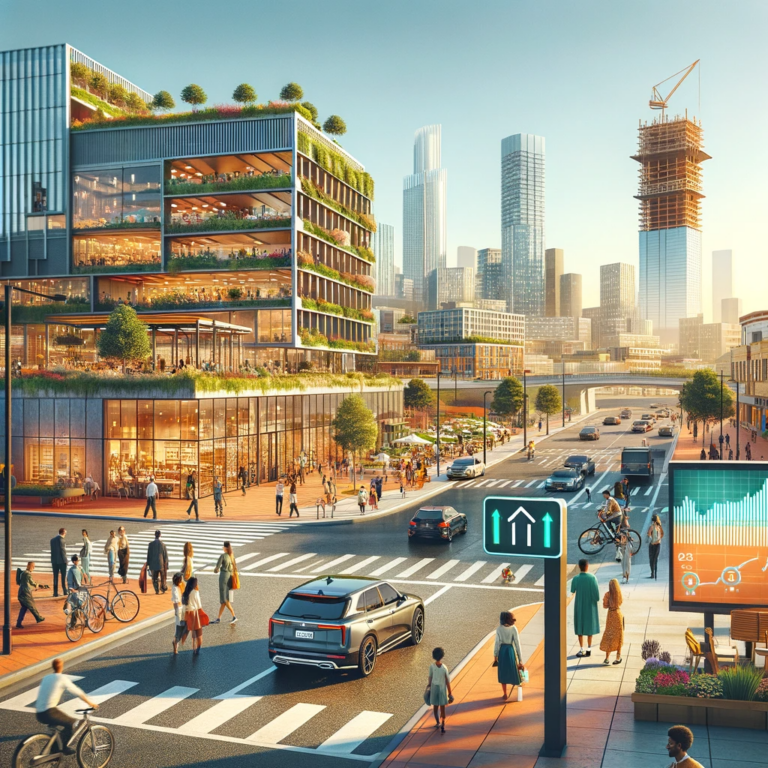Architectural and urban planning publications have increasingly featured mixed-use projects, signaling a trend in the design community. Not only are these developments on the rise, but they are also at the forefront of innovative design, incorporating sustainability features, smart technology, and community-focused amenities that set them apart from traditional developments.
Each of these points reflects broad trends that have been observed and documented up to the beginning of 2022. For the most current statistics and trends, it’s important to consult the latest market analyses, government reports, and industry forecasts.



